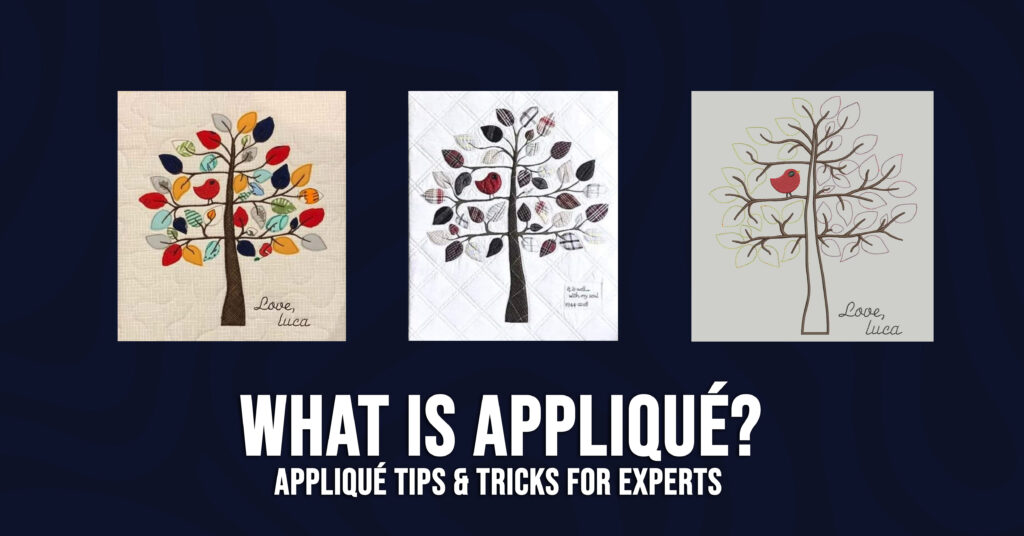Unraveling the Art of Appliqué: A Stitch in Time
Appliqué, an ancient embroidery technique that has stood the test of time, is a captivating form of decorative needlework. In this blog, we’ll explore the enchanting world of appliqué, delving into its history, techniques, and the modern marvel of embroidery digitizing. Join us on this journey as we unravel the threads of creativity and craftsmanship.
What is Appliqué
Appliqué, a term derived from the French word “appliquer,” meaning to apply or attach, is an age-old technique that has stood the test of time in the realm of textile artistry. This art form involves sewing smaller pieces of fabric onto a larger background to create intricate designs, patterns, or pictures. Appliqué can be traced back through the annals of history, finding its place in diverse cultures across the globe.
Origins of Appliqué:
The origins of appliqué can be traced to different regions, each contributing its unique flavor to this versatile craft. In ancient Egypt, for instance, appliqué was used to adorn garments with symbolic and religious motifs. Similarly, in medieval Europe, it found its place in ecclesiastical vestments and tapestries, showcasing the craftsmanship of skilled artisans.
Types of Appliqué:
Needle-Turn Appliqué: This traditional hand-sewing method involves turning the edges of fabric pieces under and hand-stitching them to a background fabric. It requires precision and patience, resulting in a seamless and polished look.
Raw-Edge Appliqué: A more contemporary approach, raw-edge appliqué involves attaching fabric pieces to the background without folding the edges under. This method provides a more casual and textured appearance, often used in modern quilting.
Reverse Appliqué: In this technique, layers of fabric are stacked, and the top layer is cut away to reveal the layers beneath, creating a dimensional effect. This method has roots in cultures such as Hawaiian quilting, where intricate designs are crafted by layering and cutting fabric.
Fusible Appliqué: This method involves using fusible webbing to adhere fabric shapes to a background. It is a quicker and more accessible technique, making it popular among beginners or those looking for a time-efficient approach.
Applications of Appliqué:
Textiles and Fashion: Appliqué has long been used to embellish clothing, adding a touch of individuality and artistic expression to garments. From intricate designs on bridal gowns to playful motifs on children’s clothing, the possibilities are endless.
Quilting: Appliqué is a fundamental aspect of quilting, allowing quilters to incorporate detailed designs and personalized touches into their creations. Quilt blocks, borders, and entire quilt tops can be adorned with appliqué.
Home Decor: The versatility of appliqué extends to home decor items such as pillows, curtains, and table linens. These handmade touches can transform everyday items into unique and personalized pieces.
Cultural Significance: Appliqué holds cultural significance in various traditions worldwide. From the vibrant Mola textiles of the Kuna people in Panama to the intricate Rajasthani appliqué work in India, this craft reflects the rich tapestry of global cultures.
Conclusion
In the world of textile arts, where creativity knows no bounds, appliqué stands as a testament to the enduring appeal of handcrafted beauty. From its humble origins to its contemporary interpretations, this art form continues to captivate and inspire. So, the next time you encounter a beautifully appliquéd piece, take a moment to appreciate the skill, patience, and artistic vision that went into creating a stitch in time.

